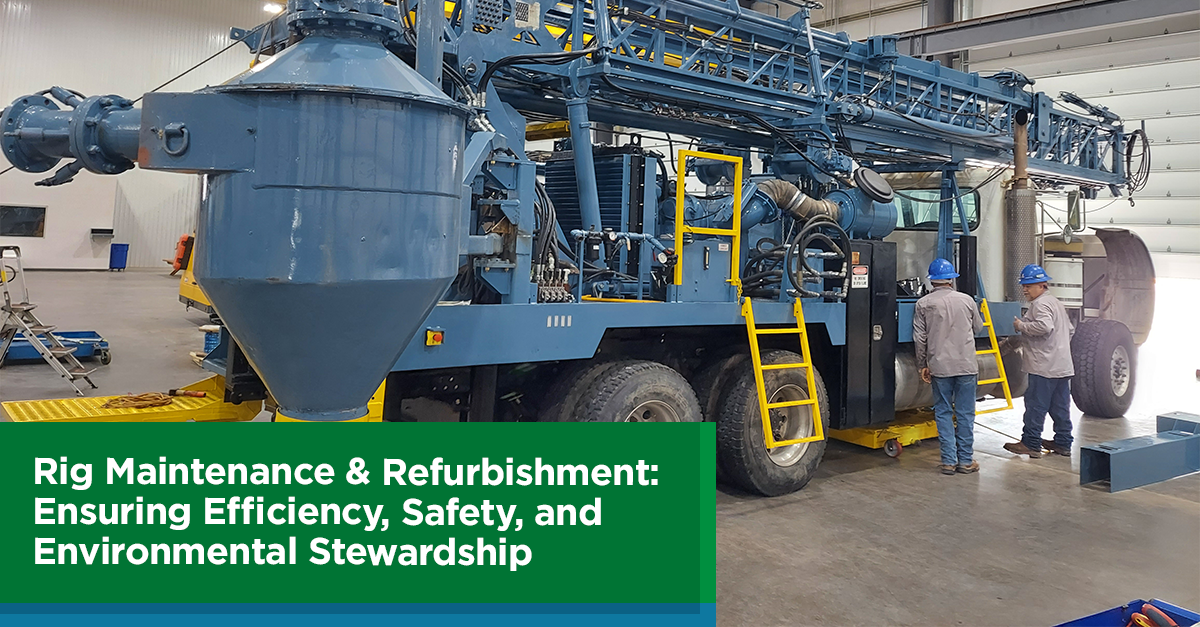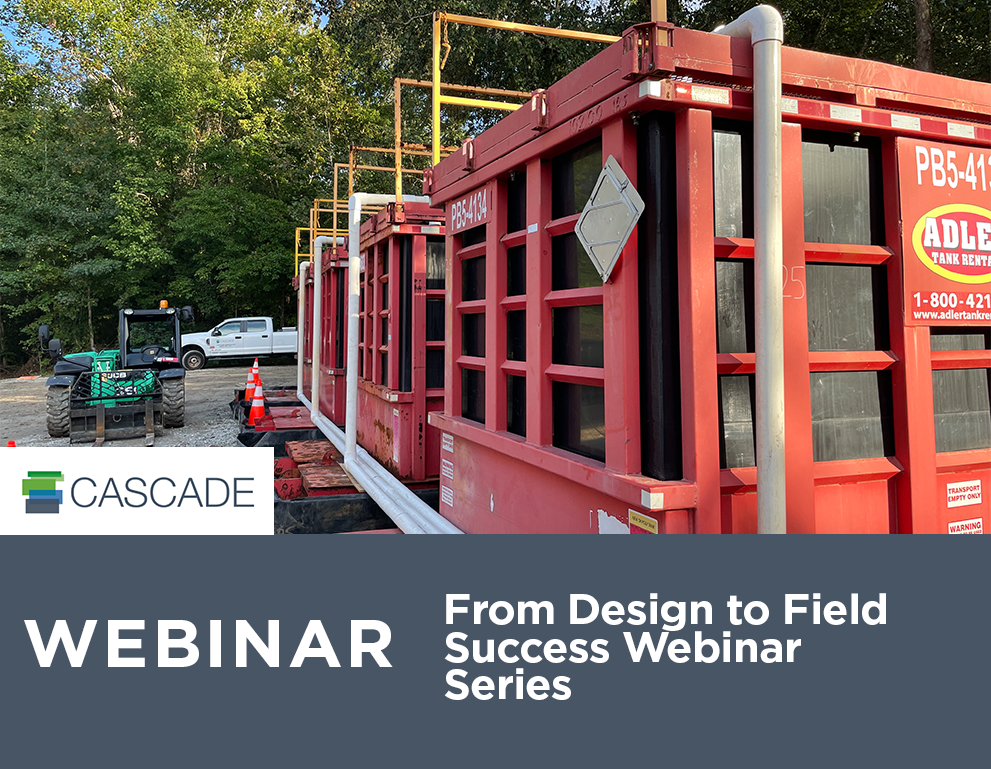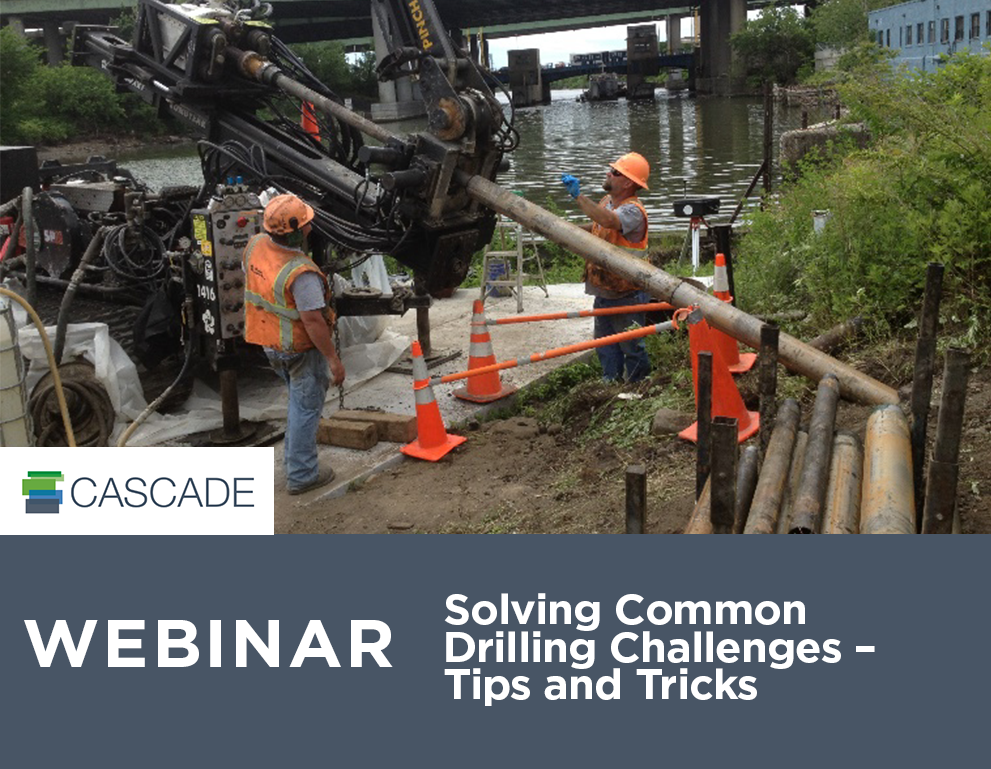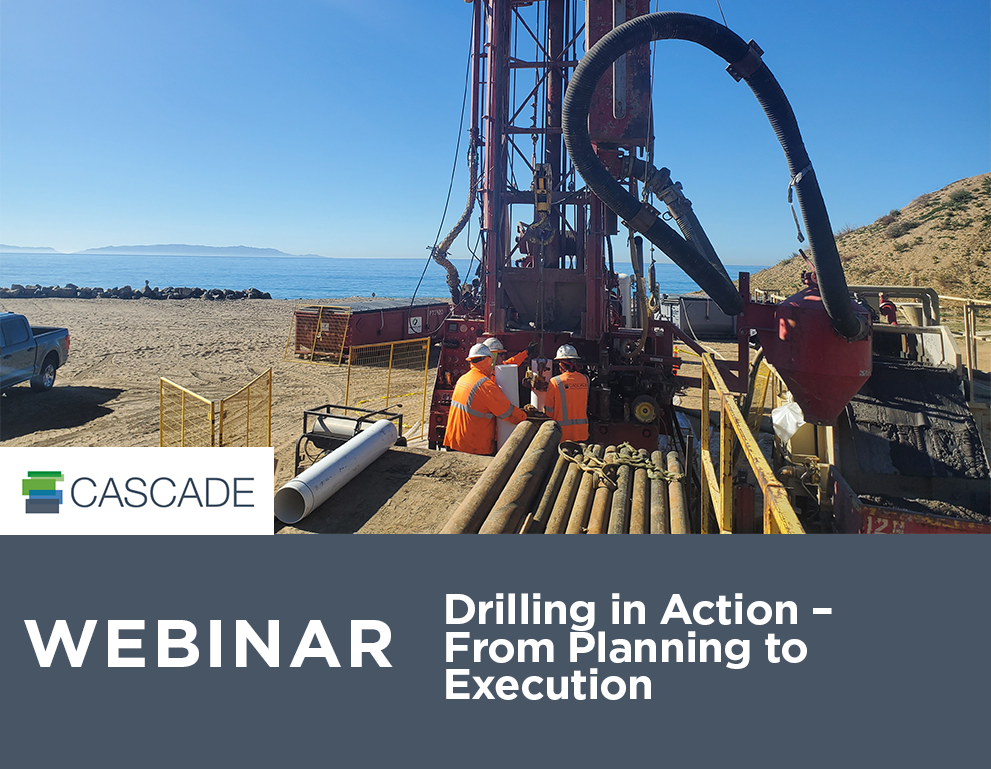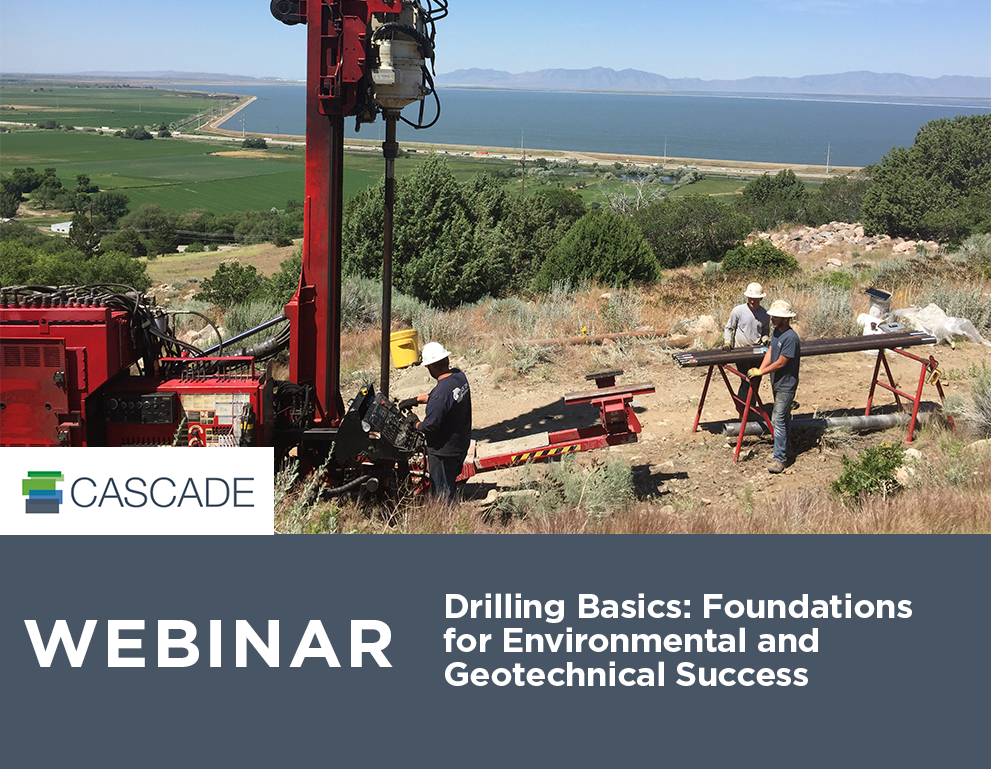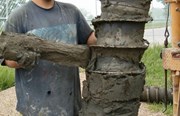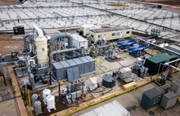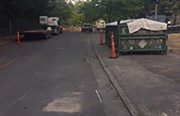Soil Mixing Solutions for Effective ISS Remediation
If you’re new to environmental services, you might not know much about soil mixing. Soil mixing is a versatile technique for In Situ Stabilization (ISS), a containment approach focused on the solidification of environmental contaminants. This blog post will cover the basics of soil mixing: what it is, how it works, and when the conditions are right for this approach to remediation.
Soil mixing is common technology established in the geotechnical construction industry, applied for various ground improvement, hydraulic control, and structural applications. The technology has been successfully applied to numerous remedial actions and has been proven to be a cost-effective remedy to many subsurface environmental impacts where the nature of contamination and geologic conditions are well suited to the technology.
What is Soil Mixing?
Soil mixing to achieve ISS is essentially the introduction and mixing of reactive admixtures into the soil matrix to create a desired change in the contaminant state or flux. This process solidifies and fixates the soil matrix reducing contaminant leachability and mobility, while improving strength and lowering permeability. Since most environmental releases, impacts and residual sources are near surface or within the range of mixing capabilities, ISS can be considered for a large percentage of environmental remediations.
Conventional remedies which require excavation, removal, and disposal of impacted soils can be cost prohibitive when involving a large treatment area or quantity of material. Not only in labor, equipment, and disposal costs, but also restoration costs. In many cases the need for earth support and excavation dewatering can further compound remediation costs. Economically, the cost benefit of treatment in place by ISS increases in direct proportion to the volume of impacted soil.
There are two types of soil mixing used in ISS projects: shallow soil mixing (SSM), typically performed with conventional heavy equipment and also known as excavator or bucket mixing; and deep soil mixing (DSM), usually performed with larger and specialized drilling equipment. Both types are essentially the same process, deployed in different situations, each with advantages and constraints.
In a shallow treatment zone, soil mixing is performed with conventional construction equipment. If the treatment zone is deep, you need specialized equipment or even drilling equipment, depending on the geology.
The goal you’re trying to achieve with soil mixing, regardless of whether it is deep or shallow, is the creation of a uniform soil-reagent mass, with improved physical properties, throughout the entire treatment footprint. This remediation approach can bring your site into compliance and allows for future development of the site.
How Does Soil Mixing Work?
The soil mixing technique works by chemically altering the contaminants, which remain in place (fixated). The chemical mix reduces contaminant leachability, mobility, and permeability, and increases the soil’s compressive strength.
Selecting the appropriate chemical reagents to mix into the soil, and formulating the right concentration, depends on site-specific factors, including:
- The contaminants of concern (COC) to be treated – inorganics, organics, or both
- The concentration of the COCs in the soil/sediment media
- The soil’s geotechnical properties
- Your remedial goals and performance criteria for the project
COCs suitable for soil mixing include metals, inorganics, volatile and non-volatile organics, semi-volatile organics such as PAHs, PCBs, pesticides, dioxins, and furans.
Certain geotechnical properties are more appropriate for the soil mixing technique than others. You need accurate geotechnical information before choosing an approach for your project. If your site has cohesive or granular sediments of low to moderate density, that’s highly suitable because those soils are mixed easily and effectively. The presence of natural clay can make it easier to meet permeability goals.
On the other hand, highly consolidated dense lithologies can make mixing more difficult and put excessive wear on cutting surfaces. Lithified sediments, and bedrock can make mixing difficult or sometimes unfeasible. In addition to the mixing techniques used, changes in tooling that can be more effective and durable can be important. By example, instead of a wide auger in one shape, the lithology might require a smaller auger with a different cutting configuration. Your contractor should be able to adapt the tooling to the sediment conditions.
Typical reagents used in soil mixing to meet your project goals are:
- Portland cement – used to improve unconfined compression strength (UCS
- Ground granulated blast furnace slag – used to reduce permeability
- Bentonite – used for a variety of purposes including permeability reduction, fluid loss mitigation, and mixing tool lubrication
- Carbon – used to entrain certain organic contaminants reducing leachability
A treatability study can help zero in on the proper “recipe” or reagent formulation for your project. This is a very important part of any ISS project, and in addition to planning the optimum reagents and ratios, acts as a benchmark to compare against the results of the full-scale ISS project. A treatability study can also help predict soil bulking or “swell” in the treatment zone; the soil mixing process expands the volume and the extent varies depending on the lithology and the reagent mix. For example, the presence of natural clays, or the ratio of water to reagent used in mixing, can influence the volume significantly. Your contractor can plan an approach to manage swell, such as pre-excavating to make room.
In a typical soil mixing project, the contractor will use the appropriate formulation of reagents and mix it into the soil with an excavator or a drilling rig with an auger or mixing head, depending on the depth. Post-mixing, your expectation should be that the treatment zone will cure and harden, improving the strength of the area while reducing the permeability, mobility, and leachability.
A Cost-Effective Solution
ISS with soil mixing can be a cost-effective alternative to excavation (commonly referred to as dig-and haul) because it avoids the cost of removal and disposal. Based on the contaminant, the geology, and your project goals, you can choose the solution that makes the most sense.
If you’d like to learn more about ISS and soil mixing, register for our on-demand webinar, ISS 101: What You Need to Know When Considering In Situ Stabilization.
If you’re ready to talk about your project needs, let us know.



